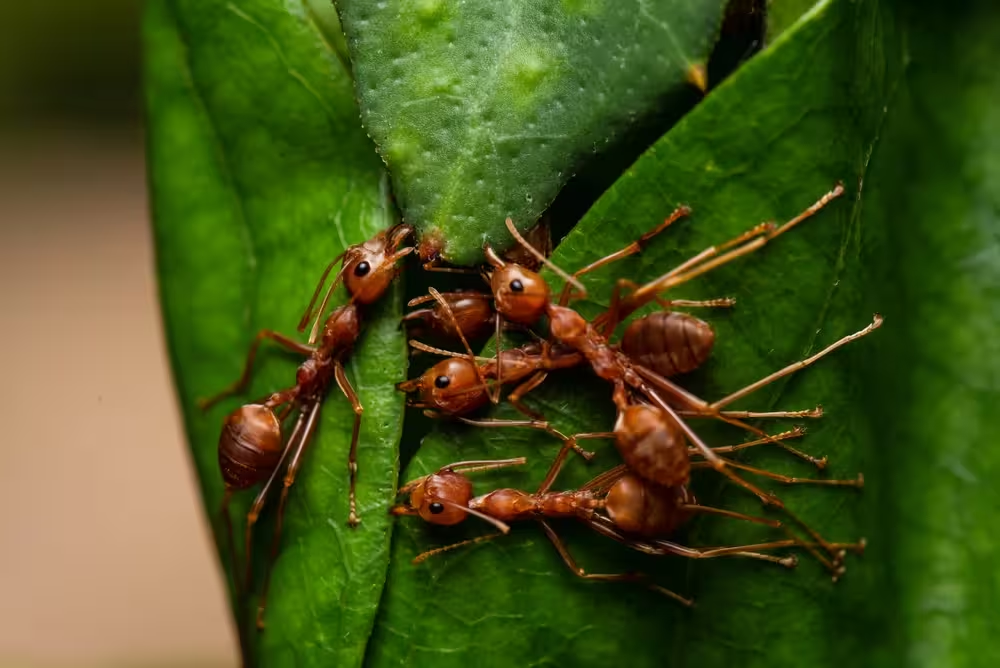
Entomology Circulars
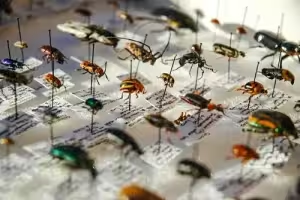
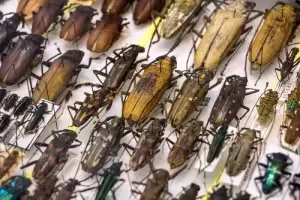
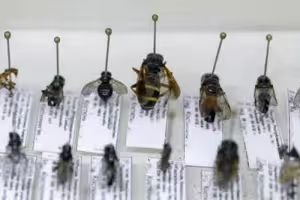
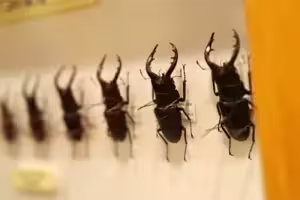
The Entomology Circular series was established in the early 1960s to be an educational outlet for new agricultural pests, often of regulatory concern. They are primarily created by staff members to discuss newly established pests or pests that would pose threats to Florida’s plant life if established. These Circulars were short reports (often only 2 page) that were printed for distribution to stakeholders and the public. After the original release, the paper copies were used as educational fliers for many years. While some data are out of date, they are historically significant and much of the biological information contained in them are still scientifically valid. With the development of the internet, many were updated and re-released through the University of Florida’s Featured Creatures series. As the internet and digital technology created new ways to disseminate information more rapidly, the Circular series’ original purpose of a quick information release was taken over with DPI’s Pest Alert series that is posted on the DPI’s webpage. However, Pest Alerts are considered short, temporary multi-media postings to be discarded after a period of time. The Circular series continues to function as a more informative and permanent publication record on various pests or arthropods of concern to Florida.
-
Issue No. 424 – Vryburgia trionymoides (DeLotto) (Pseudococcidae), a Pest of Succulents
Ian C. Stocks | November, 2012
On several occasions in 2011, succulents (Crassulaceae; Figure 1) for sale at retail stores in Florida were found with infestations of the mealybug Vryburgia trionymoides DeLotto. A traceback revealed that the succulents originated in California, where this mealybug is known as an occasional greenhouse pest. …read more…
-
Issue No. 423 – Tachardiella mexicana (Comstock), the Mexican Lac Scale
(Hemiptera: Kerriidae)
A Pest of Legumes and Wax Myrtles in Florida | Ian C. Stocks | November, 2012
The Mexican lac scale, Tachardiella mexicana (Comstock) (Hemiptera: Kerriidae), is native to Mexico and Texas. This species was first discovered in Florida in 1985 at a theme park in Lake Buena Vista and a second population was discovered in 1987 at a nursery in Redlon (Seminole County) that is no longer in business. …read more…
-
Issue No. 422 – The Mealybug Phenacoccus multicerarii Granara de Willink(Hemiptera: Pseudococcidae) in Florida
Ian C. Stocks | November, 2012
On 15 June 2011, Florida Department of Agriculture and Consumer Services, Division of Plant Industry (FDACS-DPI) inspector Lisa Hassell collected the mealybug Phenacoccus multicerarii, a new continental record, from a retail nursery in Fernandina Beach (Nassau County). …read more…
-
Issue No. 421 – Tuttle Mealybug, Brevennia rehi
(Pseudococcidae)
A Potential Pest of Turf Grasses | Ian C. Stocks | November 2012
Many grass species are grown as lawns or used in golf courses and other recreational settings in Florida. Turf grasses in Florida are especially susceptible to numerous species of pest insects, and annually millions of dollars are spent to prevent or eliminate infestations. …read more…
-
Issue No. 420 – The Florida Scorpionfly, Panorpa floridana Byers
(Mecoptera: Panorpidae)
Louis A. Somma and James C. Dunford | 2009
The Florida scorpionfly, Panorpa floridana Byers, is a little-known insect, endemic to northern peninsular Florida (Byers 1993; Somma and Dunford 2008). Knowledge of this species of scorpionfly (Panorpidae) is limited to five specimens, the last one collected in 1982 (Byers 1993; Somma and Dunford 2008). …read more…
-
Issue No. 419 – The Pine Webworm, Pococera robustella (Zeller)
(Lepidoptera: Pyralidae)
Albert E. Mayfield III | October, 2006
The pine webworm, Pococera robustella (Zeller) (known for many years as Tetralopha robustella), is a common defoliator of pines in the eastern United States. Infestations commonly occur on young (1-2 year old) pine seedlings, but larger seedlings and branches of mature pines can also become infested. …read more…
-
Issue No. 417 – Ips Engraver Beetles
(Coleoptera: Curculionidae: Scolytinae)
Jeffrey M. Eickwort, Albert E. Mayfield III and John L. Foltz | May, 2006
Pine bark beetles are frequent pests of stressed pines (Pinus spp.) in the southern United States. The five most common southern pine bark beetle species include three in the genus Ips (the six-spined engraver, I. …read more…
-
Issue No. 416 – Kermes Scales (Hemiptera: Kermesidae) on Oaks
Jay Cee Turner, Eileen A. Buss and Albert E. Mayfield III | June, 2005
Kermes scales, or gall-like scales (Hemiptera: Kermesidae), occur as pests of oaks (Quercus spp.) throughout the northern hemisphere. Kermes scales feed by drawing sap from the twigs (and sometimes leaves or petioles) of their hosts, which can result in growth loss, branch dieback, leaf distortion, and the accumulation of sooty mold fungi. …read more…
-
Issue No. 415 – The Cypress Weevil, Eudociminus mannerheimii (Boheman)
(Coleoptera: Curculionidae)
Albert E. Mayfield III | July, 2004
The cypress weevil, Eudociminus mannerheimii (Boheman), is a native insect that breeds primarily in scarred, weakened, or fallen bald cypress (Taxodium distichum [L.] L.C. Rich) and pond cypress (T. ascendens Brongn.). In Florida, adult feeding has caused limited wounding and girdling of pond cypress stump sprouts and planted seedlings. …read more…
-
Issue No. 412 – Myllocerus undecimpustulatus undatus Marshall
(Coleoptera: Curculionidae)
A Recently Discovered Pest Weevil from the Indian Subcontinent | Charles W. O’Brien, Muhammad Haseeb, and Michael C. Thomas | July, 2006
The first Florida specimens of an exotic species of Myllocerus were collected in Davie, Broward County on 25 September 2000 by D. McLean. Three specimens were sent to the Division of Plant Industry (DPI) and were then forwarded to the senior author (C.W. …read more…